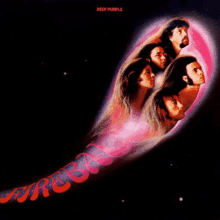


Zhirnov says that might be feasible with Catalog’s “library approach,” because it won’t have to synthesize new DNA for every new piece of stored information instead the company can just remix its pre-fabricated DNA molecules. “By rearranging these premade molecules in different ways, we can organize all the different words into the original order of the book.”ĭevin Leake, who recently left his role as head of DNA synthesis at Ginkgo Bioworks to be Catalog’s chief science officer, says this approach should have the company approaching costs competitive with tape storage within a few years, once it scales up automation. But instead of transcribing letter for letter, Catalog is in effect creating a printing press, where each typeface is represented by a small molecule of DNA. “If you think of information as a book, you can record that information by copying it down by hand,” says Park. They plan to launch industrial-scale storage services for IT companies, the entertainment industry, and the federal government within the next few years-joining several much larger tech companies, like Microsoft, Intel, and Micron, which are funding their own DNA storage projects. Now they’re building a machine that will write a terabyte of data a day, using 500 trillion molecules of DNA. He and the other cofounders of Catalog, an MIT DNA-storage spinoff emerging out of stealth on Tuesday, have come a long way since encoding their first poetic kilobyte by hand a year and a half ago. That’s where scientists like Park come in. But in order to replace existing silicon-chip or magnetic-tape storage technologies, DNA will have to get a lot cheaper to predictably read, write, and package. And in the past few years, researchers have encoded all kinds of things in those strings of As, Ts, Cs, and Gs: War and Peace, Deep Purple’s “Smoke on the Water,” a galloping horse GIF. Scientists have long touted DNA’s potential as an ideal storage medium it’s dense, easy to replicate, and stable over millennia. Well, really what’s inside the water: invisible floating strands of DNA.

Or, in Hyunjun Park’s hands, in a few drops of water at the bottom of a pink Eppendorf tube.

The 144 words of Robert Frost’s seminal poem “The Road Not Taken” fit neatly onto a single printed page.


 0 kommentar(er)
0 kommentar(er)
